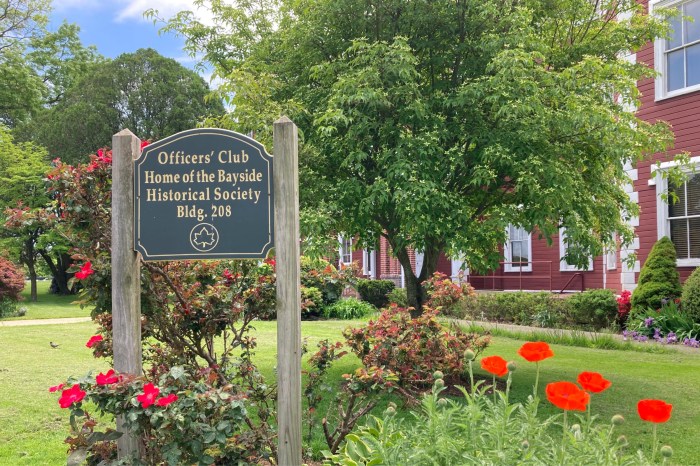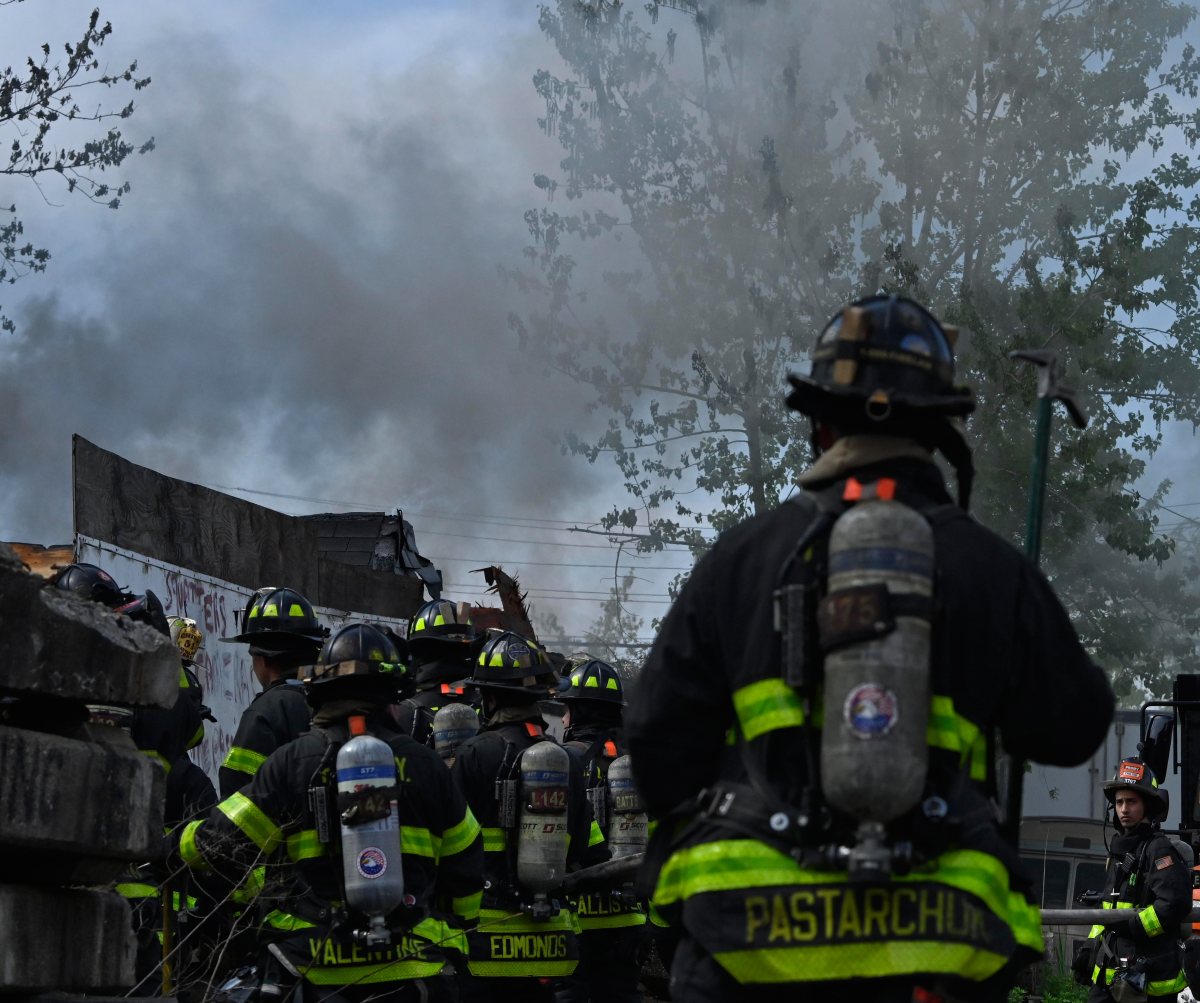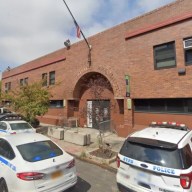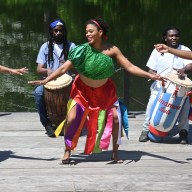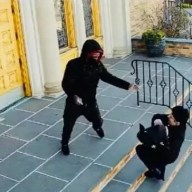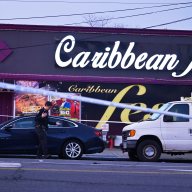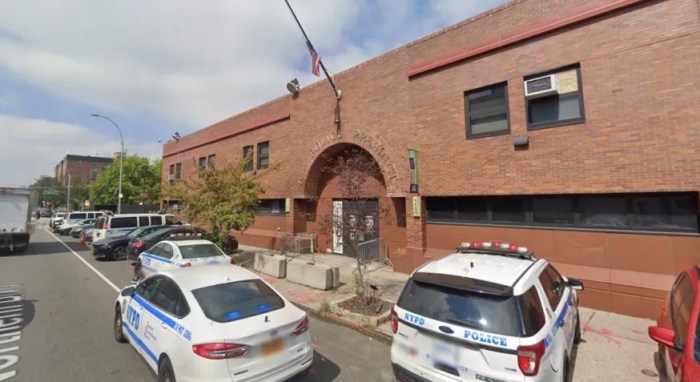By Tom Momberg
Most people may have seen a marching band play in a parade or on television at the halftime of a college football game, but between the sound of horns blaring and the glitz and glamor of flashy uniformed choreography, many might not understand their cultural significance.
In black communities, brass bands played a strong role during the post-Civil War period in New Orleans — out of those traditions sprang American pop music: jazz, blues and big band. Later, hundreds of black marching bands appeared in the American South at universities and in rural communities from 1930 through the 1950s, eventually reaching as far north as Baltimore and Harlem — each band rich with the very soul-wrenching rhythms and sounds created in a rich African-American culture.
Capturing the traditions carried on by those marching bands on 35 millimeter film has been the nearly decade-long project of photographer and Queensborough Community College Professor Jules Allen.
“I traveled to different parades and celebrations across the country on Martin Luther King Day, Juneteenth Day, Black History Month and Memorial Day … and it made me realize this is a real viable cultural aspect of African American life,” Allen said.
Allen’s photographs have just been released in his new book, “Marching Bands,” which is the fifth photographic essay he published with QCC.
Growing up in San Francisco, Allen said he had not ever experienced marching bands or drum corps, so once he was introduced to them in the 1970s, he could not get enough.
“I really tried to share a much more expanded vision of these marching bands,” Allen said. “You know, photography was not only used to illustrate the marching bands themselves, but you can see in this book how photos can capture light, gesture and behavior.”
As Allen put it, hundreds of people often are working together to put on a marching show — from the uniform and costume makers to the directors, choreographers and drill writers. The manpower required behind marching bands goes well beyond the members playing a crowd’s favorite pop tunes or systematically marching in homogeneous character.
“I learned a great deal about the discipline these people have to undergo — you don’t realize that just by watching a show,” Allen said. “I was amazed at the discipline, practice, intelligence and creativity that went into all levels of organizing an effective marching band.”
Allen’s photographs not only illustrate the performances of the young black men and women in large ensembles, but they go behind the scenes to capture the break in character and discipline not shown on the field or in the street — stills in time capturing the hard work, frustration, ambition, sadness, attitude and anxiousness that goes into the preparation of a well-drilled show.
“This can open people’s eyes to see parts of black culture that most don’t get to experience in everyday life,” Allen said.
Reach reporter Tom Momberg by e-mail at tmomb





